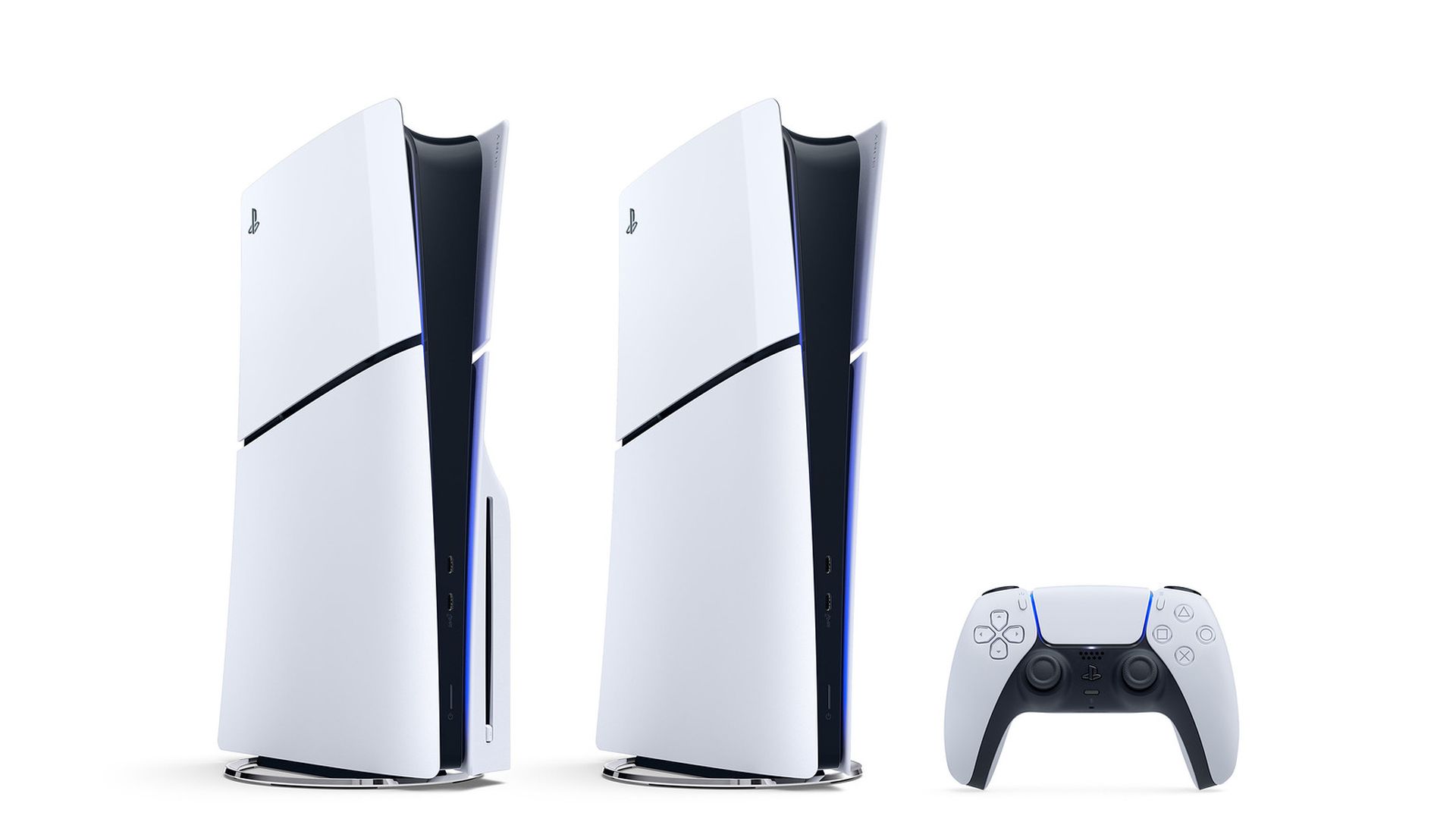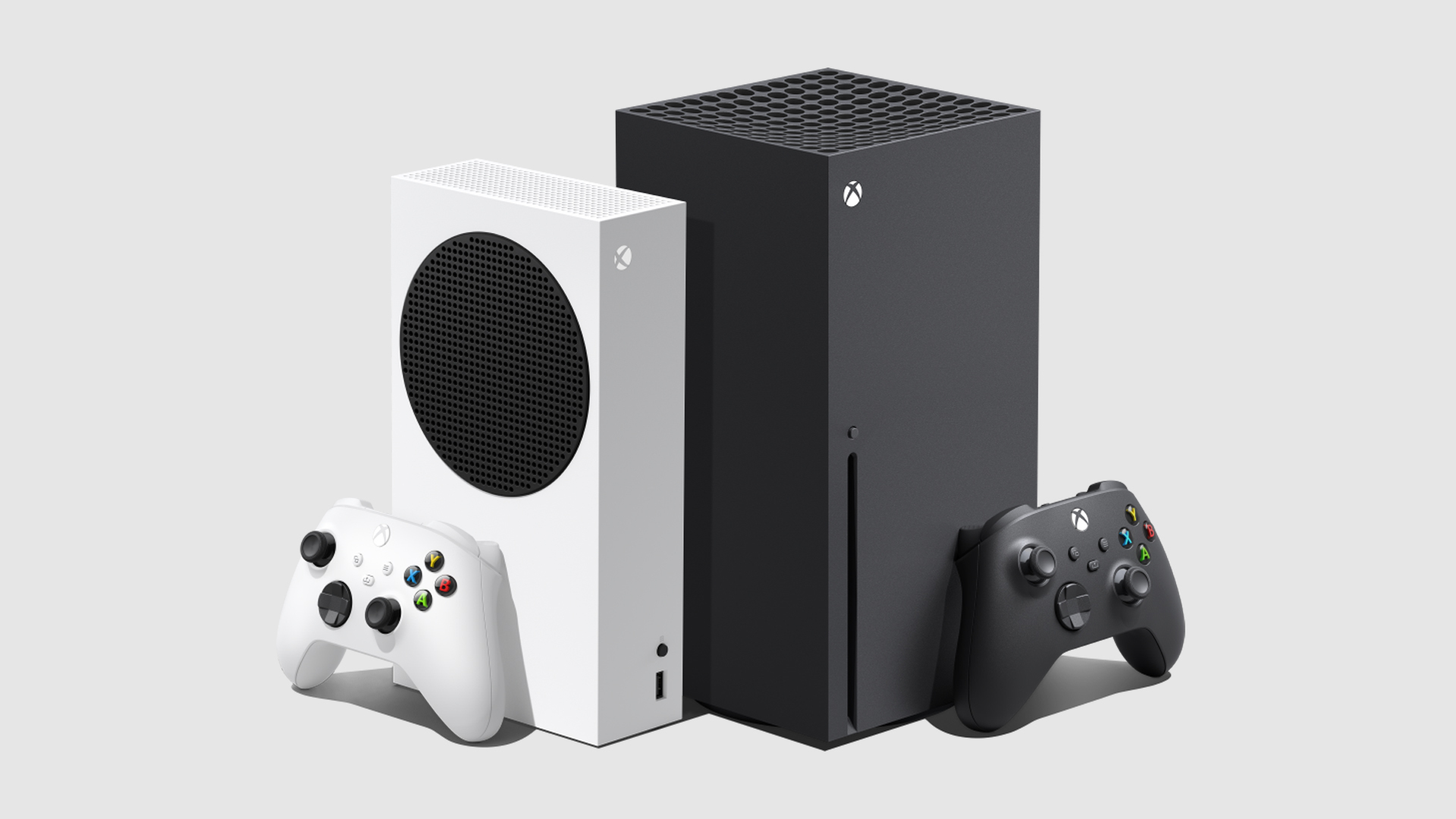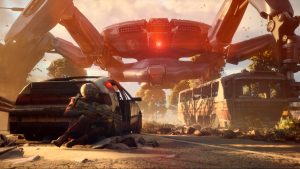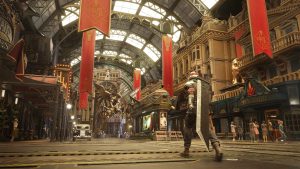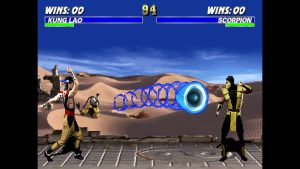
We’re in the fourth year of the PS5 and Xbox Series X/S’ lifecycles, but even at this point, more than halfway through the current console generation, it barely feels like the new hardware has gained any momentum. Usually, by this point, console generations are hitting their absolute peak years, especially where the output of games is concerned. You look at the fourth year of the PS4, for instance, which was packed to the brim with stellar games that were making the console an irresistible purchase for anyone who didn’t already have one. There was Horizon Zero Dawn, Nioh, Hellblade: Senua’s Sacrifice, Gran Turismo Sport, NieR: Automata, Yakuza 0, Resident Evil 7, Uncharted: The Lost Legacy, Wolfenstein 2: The New Colossus, The Evil Within 2, Assassin’s Creed Origins, Injustice 2, Sonic Mania, and Destiny 2, among many others.
Going further back, on the other side of the so-called “console war” fence, you look at the Xbox 360, which was in the fourth year of its active lifecycle in 2009, a year that saw the console adorning its blooming library with a litany of all-time classics, including the likes of Resident Evil 5, Batman: Arkham Asylum, Borderlands, Halo 3: ODST, Forza Motorsport 3, Dragon Age: Origins, and Shadow Complex, to name just a few.
All of this, incidentally, wasn’t just a one-off year for either of the consoles we’ve mentioned, nor were their fourth years where they really got going. Before entering their respective fourth years, both the Xbox 360 and the PS4 had already enjoyed consistently excellent support from both first- and third-party support over the preceding years, with both consoles having already built up solid libraries of games that weren’t available on last-gen hardware. The PS4 had games like Bloodborne, Batman: Arkham Knight, Fallout 4, The Witcher 3: Wild Hunt, Uncharted 4: A Thief’s End, Dark Souls 3, Overwatch, Dishonored 2, and Titanfall 2, to name just a few. The Xbox 360, meanwhile, was heading into its fourth year with a library that already boasted the likes of Gears of War, Gears of War 2, Fallout 3, The Elder Scrolls 4: Oblivion, Fable 2, Mass Effect, Forza Motorsport 2, Grand Theft Auto 4, Left 4 Dead, Dead Space, The Orange Box, BioShock, Burnout Paradise, and Halo 3, among several others.
Compare this to where we’re at with the PS5 and the Xbox Series X/S. We’re four years into both their lives, which – seeing as console generations typically tend to last about 7-8 years at best – means we’re at roughly the halfway point in this generation, if not even a little bit past it. Have the PS5 or the Xbox Series X/S managed to build up the sort of library of games that cannot be played on previous-gen hardware that you would expect any other console to have racked up by this point in its lifecycle? Four years in, we’re only just now getting to the point where it feels like most major games are beginning to drop cross-gen releases and focusing on current-gen consoles instead- though even now, you have the likes of Call of Duty: Black Ops 6, Sonic X Shadow Generations, and a handful of lingering cross-gen releases like them casting doubts over the necessity of current-gen hardware.
Of course, we need to give credit where credit is due. 2023 was an excellent year in terms of great new game releases- maybe even the best ever had. Then again, so many of the year’s best releases weren’t games that can only be played on current-gen hardware. Even outside of high-profile exclusions like a number of Nintendo releases, there were multiple major new titles that were cross-gen, including Resident Evil 4 Remake, Street Fighter 6, Armored Core 6: Fires of Rubicon, Hogwarts Legacy, Like a Dragon: Ishin!, and others. Even Star Wars Jedi: Survivor is getting last-gen releases. And that, of course, is on the back of prior years that had also seen a consistent and widespread trend of major games choosing to release across generations rather than only for the newer consoles, with some very few exceptions.
All of which is to say that, nearly four years into their lives, the PS5 and Xbox Series X/S haven’t really come close to justifying their existence, much less their respective price points. It’s be foolish to ignore the many factors that have led to these circumstances – like a two-year pandemic completely messing up development pipelines, or longer and costlier development cycles leading to fewer AAA releases from developers in general – but the incontrovertible fact at the end of the day is that if, at this point in the console generation, you’ve hung on to, say, your PS4 and have yet to upgrade to a current-gen console, until about a year ago, there were rarely any major releases that you would have missed out on- and even now, there are several that you will get the chance to play on the console that you have.
So what’s the solution? Well, the obvious one is for companies to just start releasing more current-gen exclusive games. By default, we’re going to get plenty of those going forward, because at long last, we’re finally at the point where the majority of major new games won’t be cross-gen, whether that’s first-party or third-party. Microsoft and Sony themselves also need to start doing much more of the heavy-lifting though, because so far, the platform holders themselves have hardly made current-gen hardware seem anywhere close to unmissable.
To its credit, Microsoft has quite a lot in the pipeline. In 2024, 2025, and beyond, the company is lining up several promising first-party releases, including the likes of Avowed, Microsoft Flight Simulator 2024, Indiana Jones and the Great Circle, DOOM: The Dark Ages, Fable, South of Midnight, Perfect Dark, Gears of War E-Day, and more. On Sony’s end, the company does have some notable upcoming first-party releases that have been officially announced in the form of Astro Bot, Marvel’s Wolverine, and Death Stranding 2: On the Beach, though hopefully, there’s plenty more that will be announced in the relatively near future. All of that is, of course, on top of third-party publishers that’ll be bringing their own flagship releases to current-gen consoles as well, like Grand Theft Auto 6, Assassin’s Creed Shadows, Star Wars Outlaws, Marvel 1943: Rise of Hydra, Monster Hunter Wilds, and the like.
And of course, it’s also likely that the games industry is going to get a huge adrenaline boost in the not-too-distant future when Nintendo launches its own next-gen console. The Nintendo Switch 2 – or whatever it ends up being called – is going to be announced before April 2025, and is widely expected to launch sometime next year. That, of course, will also mean a wave of shiny new flagship releases for the new console, all of which can only be good for console gaming as a whole, especially if the Switch 2 is powerful enough to keep up with multiplatform third-party releases the way leaks have consistently claimed it will be.
In the end, of course, it’s enormously disappointing that we’ve had to make it to more than the halfway point in the current console generation for it to finally start feeling like maybe things will finally get going at some point in the near future. It’s literally unprecedented- no console generation has ever required this long to finally begin making a case for why it was even needed in the first place. About four years from now, we’re probably going to be heading into the PS6 and next Xbox generation, which is absolutely wild to think about, because this generation feels like it has effectively only just kicked off.
Note: The views expressed in this article are those of the author and do not necessarily represent the views of, and should not be attributed to, GamingBolt as an organization.








